Until you can see your doctor, here are some signs of what that lump might be
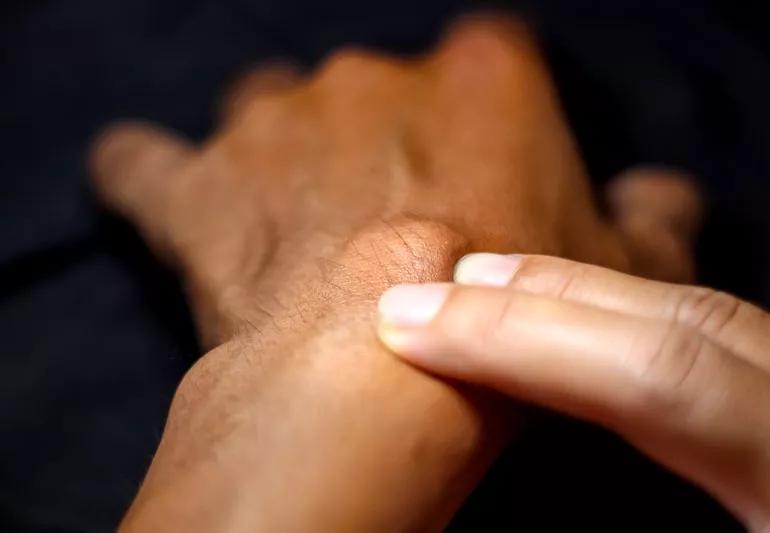
Did you find a lump on your body and now you’re wondering what to do next? First, contact your doctor. Second, try not to panic.
Cleveland Clinic is a non-profit academic medical center. Advertising on our site helps support our mission. We do not endorse non-Cleveland Clinic products or services. Policy
Many lumps are fluid-filled masses, or cysts, which are usually harmless. Other lumps may be solid masses that are called tumors. It’s important to remember that not all tumors are cancerous.
Breast imaging specialist Laura Shepardson, MD, and plastic surgeon Raymond Isakov, MD, discuss cysts and tumors, and how to tell the difference.
A cyst is a sac that usually contains watery, thickened fluid. Some cysts are even filled with a cheesy, goopy or waxy-like substance. There are many types of cysts. Although they can be any size, most cysts are round, smooth and easy to roll around.
How do cysts form? These steps lead to a cyst:
Cysts may form in or on:
Depending on their locations, cysts form for a variety of reasons. For example, cysts may happen because of a medical condition, such as polycystic kidney disease. Cysts may also be normal, like those that form on ovaries during ovulation.
“Similarly, many women develop cysts in their breasts because their hormones are constantly changing during the course of their menstrual cycles,” says Dr. Shepardson.
Lastly, cysts may also show up in the body with no obvious cause.
If you have a cyst in your body, the chance of it being cancer is extremely low.
“There are only a few known cases of cysts turning into cancer,” says Dr. Isakov. “The overwhelming majority of cysts are harmless. But if it’s causing you pain or it gets infected, we can remove them.”
If you or your healthcare provider feels a lump in your breast, the next step typically involves imaging of the lump through a mammogram and ultrasound. If the radiologist sees a cyst, rest easy.
“Cysts in the breasts are benign,” says Dr. Shepardson. “They don’t turn into cancer, and they don’t increase your risk of getting breast cancer. In fact, we usually leave cysts alone unless they are causing symptoms like pain or they are getting large, in which case we can use a needle to remove the fluid.”
Your body’s cells grow and divide at a set pace. Some cells die, while new ones form. If something goes wrong with this process, a tumor can develop.
“A tumor is a mass or lump of tissue that forms when cells grow and divide too quickly,” explains Dr. Isakov. “Many tumors are benign. That means they aren’t cancer, and they won’t spread.”
Some of the most common types of benign tumors include:
Only a medical professional can tell you for sure what that lump or bump is. “Even if you’re pretty sure it’s a cyst, your doctor needs to check it out,” cautions Dr. Isakov.
If you have a cyst, it might:
A lump could be a tumor if it:
See your doctor right away if your lump or bump is:
Again, if you notice a lump in your breast, bring it to the attention of your healthcare provider immediately. Although most breast lumps aren’t cancerous, your doctor may want to examine your breast and/or recommend a mammogram and ultrasound to get a better look at it.
Your doctor will probably order at least one imaging test to look at that lump or bump. You may need:
If your test results reveal a cyst, your doctor may offer to drain it with an in-office procedure. But in many cases, cysts don’t need draining unless they’re bothering you.
Sometimes, your doctor may perform a biopsy to determine exactly what the lump is. Usually, doctors use a special needle to take a small sample of the growth. They send the sample to a lab for testing and then let you know the results.
Finding a new lump or bump can be alarming. But don’t let worry or fear stop you from seeing your healthcare provider. They can reliably find out what that lump is and help you get the appropriate treatment if you need it.
Learn more about our editorial process.
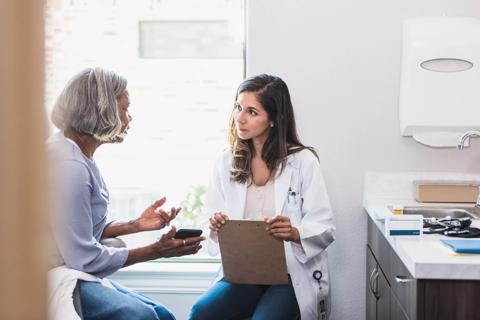
Puffing on cigarettes is the leading cause of bladder cancer
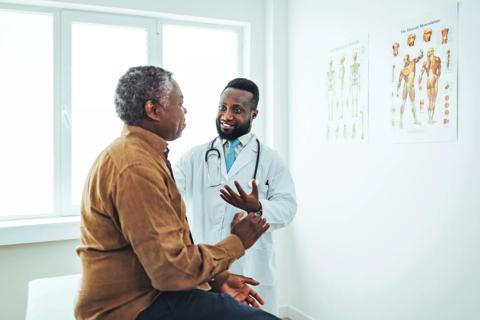
You don’t have to cope in silence with issues like urinary incontinence and sexual dysfunction

Stay hydrated, opt for fruits, veggies, whole grains and lean protein — and try to eat snacks and smaller meals throughout your day instead of larger portions
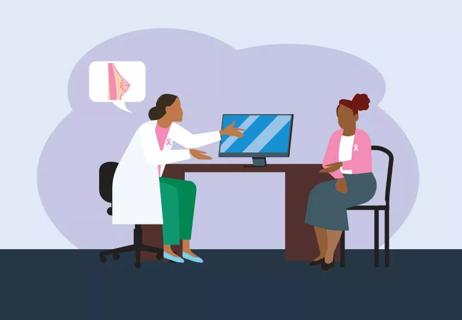
Being better informed can help you feel more confident about your care options and decisions

Vaping exposes you to thousands of chemicals, including many that cause cancer and lung disease
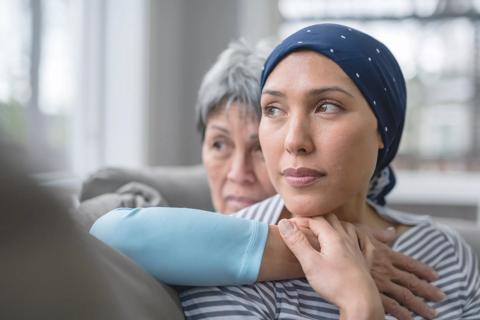
Certain genes passed down from either side of your family can put you at a higher risk for breast cancer and related cancers

Working has its benefits, but it may require some modifications — and that’s OK
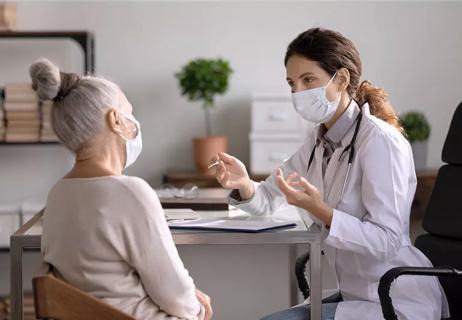
Palliative care offers a comprehensive network of support at any stage, from diagnosis to treatment and beyond

Your metabolism may torch 1,300 to 2,000 calories daily with no activity

A gentle touch in all the right places may help drain your sinuses